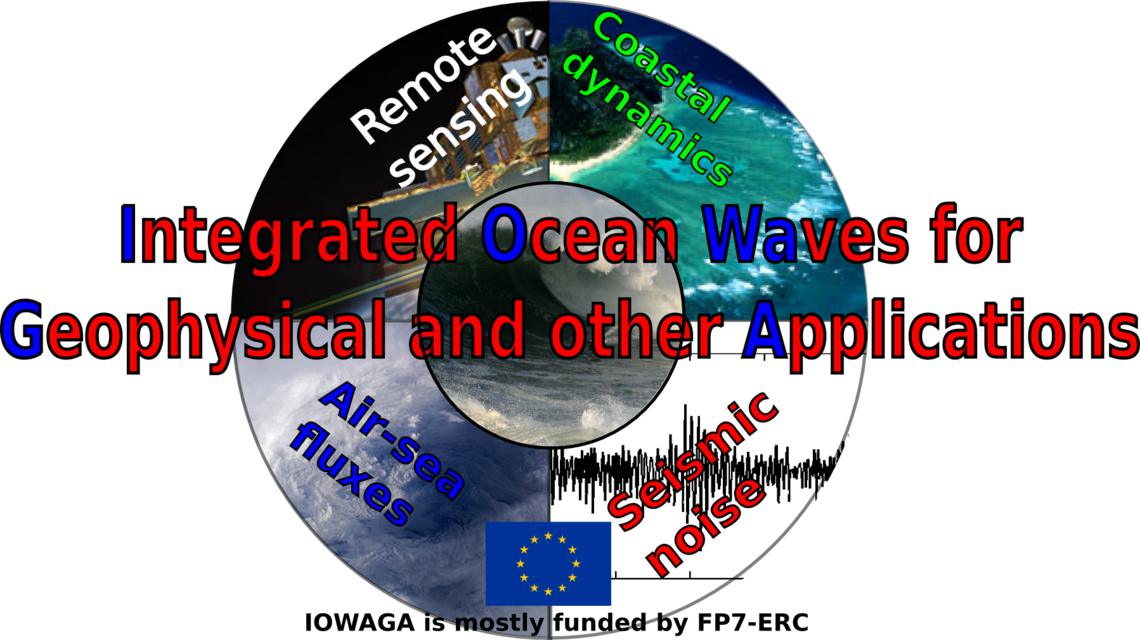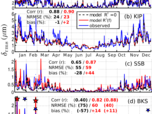Projets IOWAGA et WAVE-DB.
Le projet d'étude intégrée des vagues pour la géophysique et le génie océanique et côtier (IOWAGA) est financé par le Conseil Européen de la Recherche. l'objectif de ce projet est de fournir les informations les plus précises possibles sur les vagues, pour des applications géophysiques en
-sismologie
-océanographie littorale
-télédétection de l'océan
-étude des flux entre l'air et la mer
et des applications météorologiques
-observation et prévision des vagues
If you need information about some sea-state related parameter, chances are that IOWAGA can provide it to you, and chances are that you will not find a more accurate estimation elsewhere. The project team is particularly working on the use and interpretation of novel data sources (from satellites, stereo-video cameras, seismometers) and the improvement on numerical wave models.
The IOWAGA activities are also funded in part by the U.S. National Ocean Partnership Program, through the "Waves Dissipation and balance" (WAVE-DB) project, also led by F. Ardhuin, and these activities also contribute to the China France Ocean SATellite project (CFOSAT), with partial funding from the French Space Agency CNES .
Around the IOWAGA team at Ifremer, we are also happy to collaborate with outside partners (Georgia Tech., PROTECNO, Zanke and partners ...) and other projects, in particular the coastal operational oceanography project previmer.



